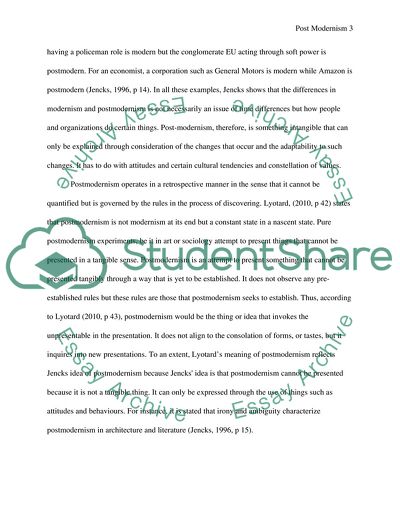Cite this document
(Postmodernism Essay Example | Topics and Well Written Essays - 2500 words, n.d.)
Postmodernism Essay Example | Topics and Well Written Essays - 2500 words. https://studentshare.org/culture/1863155-post-modernism
Postmodernism Essay Example | Topics and Well Written Essays - 2500 words. https://studentshare.org/culture/1863155-post-modernism
(Postmodernism Essay Example | Topics and Well Written Essays - 2500 Words)
Postmodernism Essay Example | Topics and Well Written Essays - 2500 Words. https://studentshare.org/culture/1863155-post-modernism.
Postmodernism Essay Example | Topics and Well Written Essays - 2500 Words. https://studentshare.org/culture/1863155-post-modernism.
“Postmodernism Essay Example | Topics and Well Written Essays - 2500 Words”. https://studentshare.org/culture/1863155-post-modernism.


